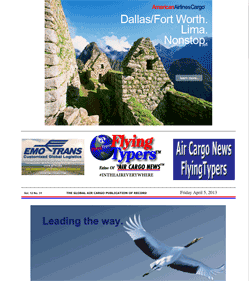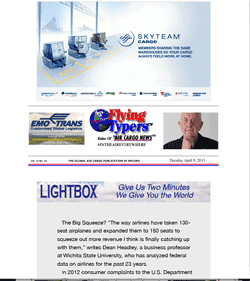 |
 |
|
| |
||
|
Vol. 11 No. 33 #INTHEAIREVERYWHERE Friday April 12, 2013 |
 |
“South
America is a very important
market with a long tradition
with Lufthansa Cargo,”
says Achim Martinka, Vice President
Cargo, the Americas. |
“TAP-Cargo
was present for the fifth consecutive
year in Intermodal South America
(this year the 19th edition)
held in São Paulo,”
reports José Anjos Cargo
Director, TAP Air Portugal. |
|
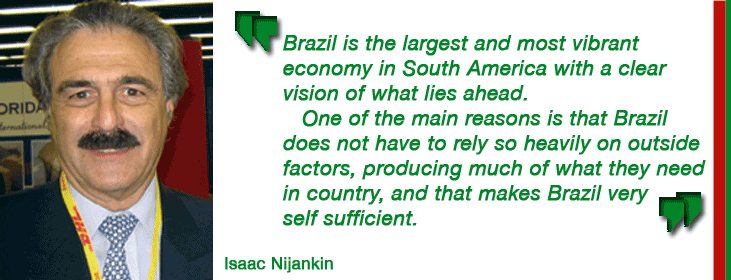 |
Isaac
Nijankin de-facto commanded
the worldwide cargo business
for Varig Cargo from JFK International
Airport for well over 30 years
before retiring, and then un-retiring
to go to work at ELAL Cargo.
But
gone is not forgotten.
Today
Isaac possesses an unmatched
wealth of knowledge about everything
Brazil and South America when
it comes to transportation.
So
on a relaxed Wednesday in early
April, with the Passover Season
moving into memory, we open
the vault to look back (and
ahead), asking Isaac:
Why
Brazil?
“You
said it!
“Brazil
is the largest and most vibrant
economy in South America with
a clear vision of what lies
ahead.
“One
of the main reasons is that
Brazil does not have to rely
so heavily on outside factors,
producing much of what they
need in country, and that makes
Brazil very self sufficient.”

“I
recall how this giant started
to grow early in the late 60's
and early 70's, with new and
modern industrial parks that
were primarily constructed to
compete in the international
arena.
“During
that time, the first great exports
for air freight were the tremendous
influx of shoes coming from
the southern part of the country.
“The
peaceful and tranquil Brazilian
town of Nova Hamburgo became
the heart and strength of this
industry.
“Next
came the automobile industry,
with exports of parts all around
the world.
“In
fact, Brazil is one of the pioneers
in shipping automobiles and
parts to China.
“I
remember being a part of accompanying
the first shipment of cars from
VW, and later GM, from Brazil
to China.
“Today
Brazil exports are as varied
as the market place will afford.”

“As
world economies have experienced
significant change, some not
for the better, Brazil is part
of what is known as the Bric
(acronym for the countries of
Brazil, Russia, India, and China)
countries.
“Bric,
as we have seen in varying degrees,
are emerging economies that
in one form or another compete
in some cases quite well against
the larger and stronger world
powers.
“Brazil
also benefits as a member of
the Mercosur trade agreement.
“Mercosur
is South America's leading trading
bloc. Known as the Common Market
of the South, it aims to bring
about the free movement of goods,
capital, services, and people
among its member states.
“It
has been likened to the European
Union but with an area of 12m
sq. km. (4.6m sq. miles), it
is four times as big.
“The
bloc's combined market encompasses
more than 250 million people
and accounts for more than three-quarters
of the economic activity on
the continent.
“But
most of all, Brazil's working
force has adapted tremendously,
with more educated people able
to tackle the needs of today's
technological world.
“This
puts Brazilians almost on equal
footing and sometimes even ahead
of the competition.
“Brazil's
economy is such that it has
a tremendous influence on how
others within the region perform,
if they flourish so do the others
and vice-versa.”

“Today
if we look in size of fleet
and diversity of aircraft (pax/freighter),
I'll have to say it’s
the LAN Group due to their aggressive
push and growth within LATAM.
There are other respectable
players operating in the market,
namely Atlas Air and American
Airlines, but I believe their
strategies are different to
those of LAN.”

"GOOD
HARD WORK.
“Things
have not changed too much from
my time (technology aside);
the name of the game for everybody
is to have credible and fluid
communication.
“Latin
America still has many bureaucratic
barriers that make it difficult
to export and import and this
requires very dedicated attention
to the customers.
“Personal
relationships are still very
much a norm in the marketplace
and one of the keys to success
is in developing and nurturing
those relationships.
“The
simple handshake over a ‘cafezinho’
still exists today.”

“Transparency
. . . As much as you can get,
along with equally competitive
rules and a diversification
to other destinations.
“Brazil
has the people, the know-how,
and the resources.
“I
believe it continues to serve
in the best interest of Brazil
with its stable government and
strong economy to continue to
encourage more growth and investment
that make all areas of the country
more conducive to do business.
“For
example, destinations such as
Cabo Frio and Vitoria that offer
tax incentives to businesses
and show great developmental
progress and opportunity in
the years ahead.”
Smart
words from a commanding figure
and yes, a man for all air cargo
seasons.
But
it should never be overlooked
that back in the early 1990s,
Varig and Mr. Nijankin were
among the first carriers to
support bringing The International
Air Cargo Association (TIACA)
into business.
From
these words it’s easy
to see that Isaac not only still
has it, he is also air cargo,
body and soul, and more than
willing to share.
That
makes us all look good!
knijankin@aol.com
Geoffrey/Sabiha
Get
On Board Air Cargo News
FlyingTypers |
|
|
If
You Missed Any Of The Previous
3 Issues Of FlyingTypers |
|||||
|
|||||
FT040413 |
FT040913 |
||||
|---|---|---|---|---|---|

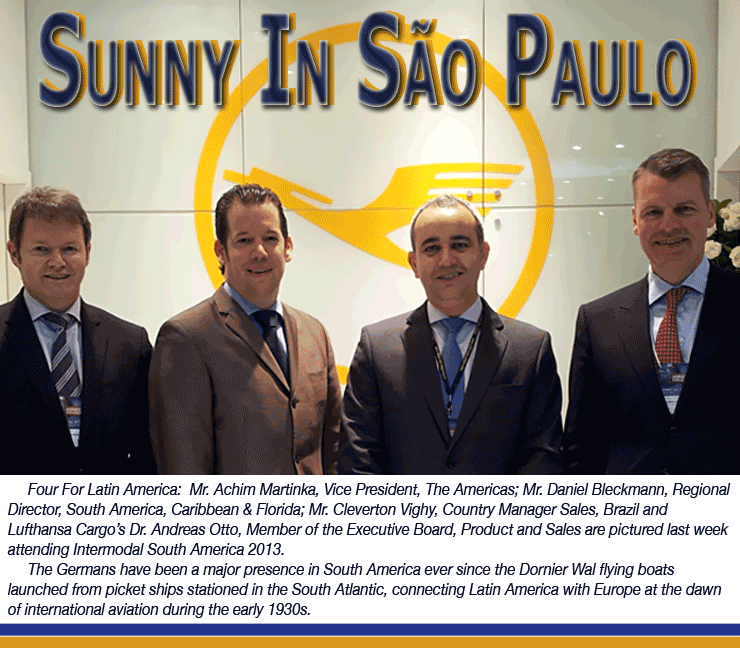
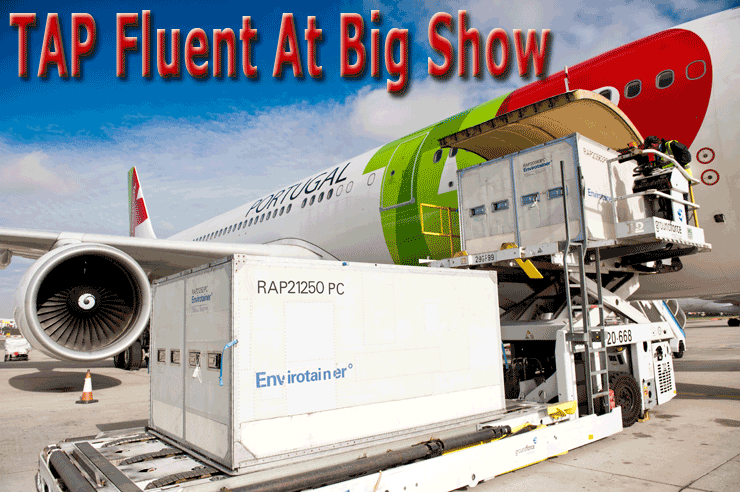
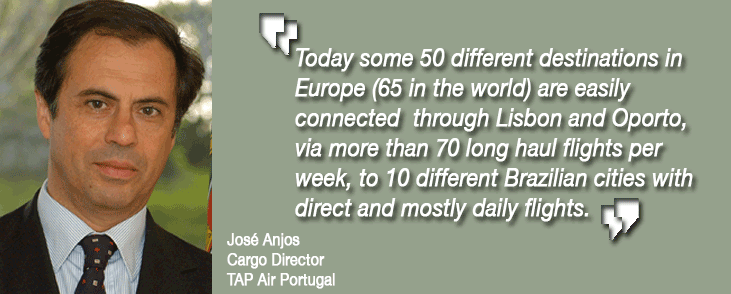
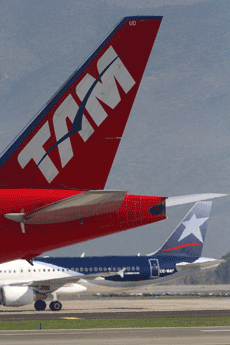 LATAM
said system wide passenger traffic
increased 7.7% as capacity rose
4.2% for March 2013 as compared
to 2012.
LATAM
said system wide passenger traffic
increased 7.7% as capacity rose
4.2% for March 2013 as compared
to 2012. Emirates
goes daily Dubai to Stockholm,
Sweden starting September 4,
2013.
Emirates
goes daily Dubai to Stockholm,
Sweden starting September 4,
2013.



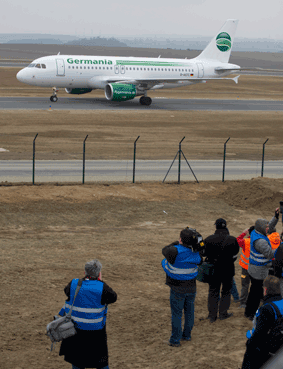 RE:
RE:
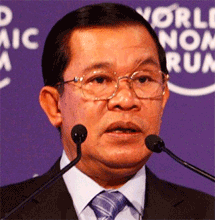
 *
Hun Sen (left) is the
Prime Minister of Cambodia
and leader of the Cambodian
People's Party, which
has governed Cambodia
since the Vietnamese-backed
overthrow of the Khmer
Rouge in 1979.
*
Hun Sen (left) is the
Prime Minister of Cambodia
and leader of the Cambodian
People's Party, which
has governed Cambodia
since the Vietnamese-backed
overthrow of the Khmer
Rouge in 1979.
